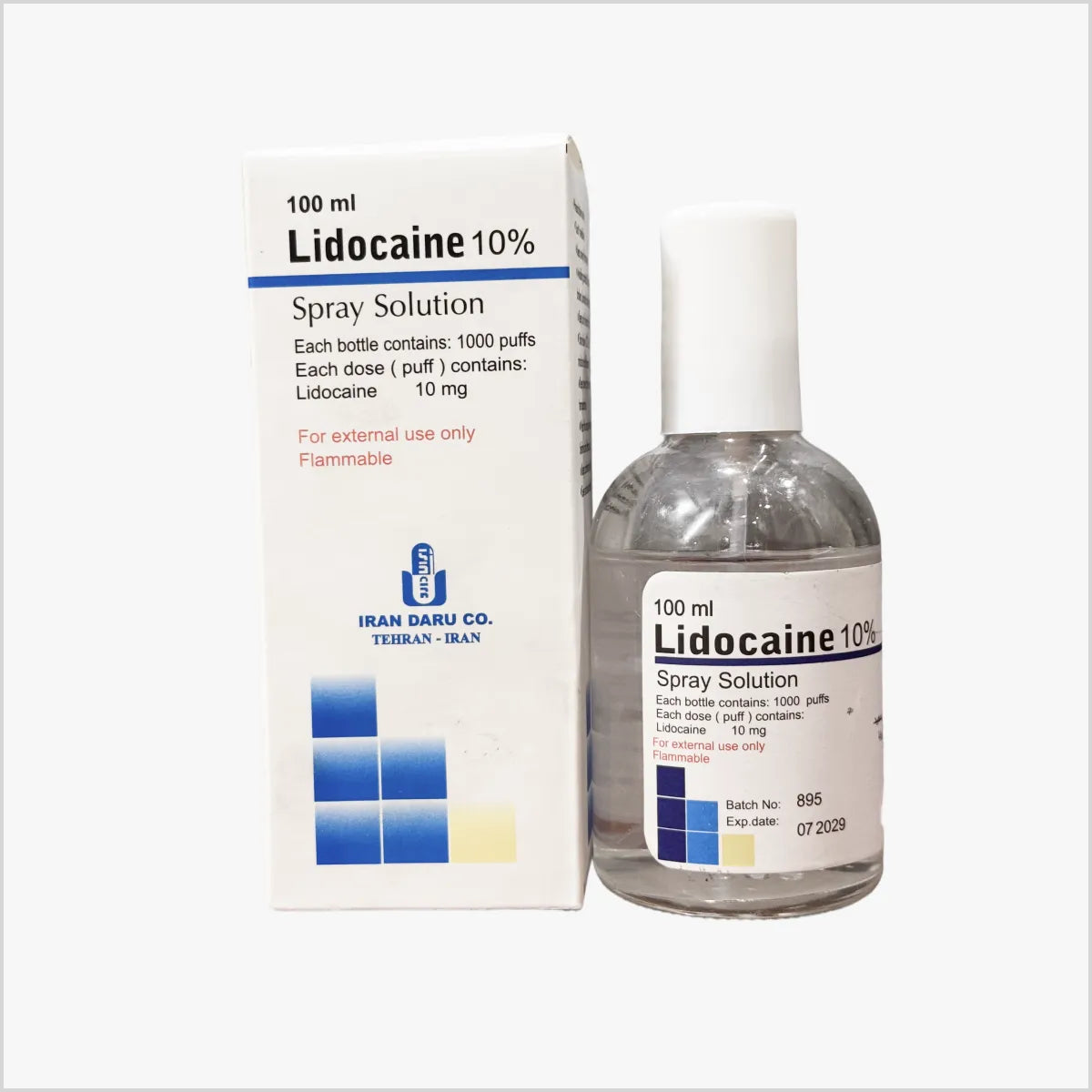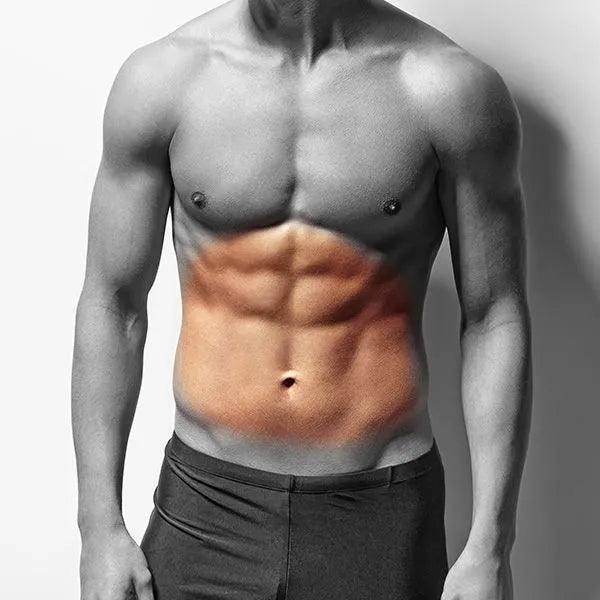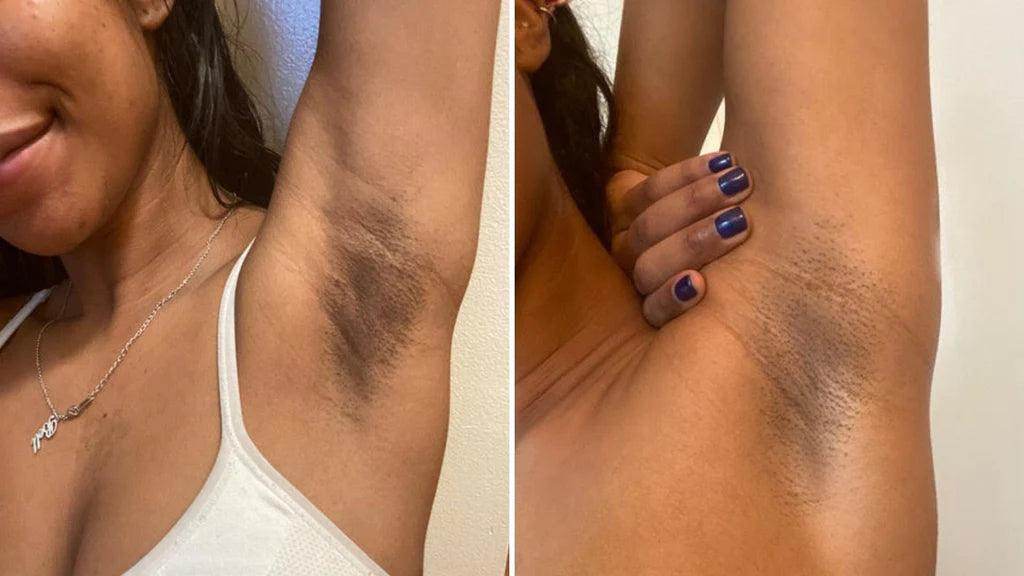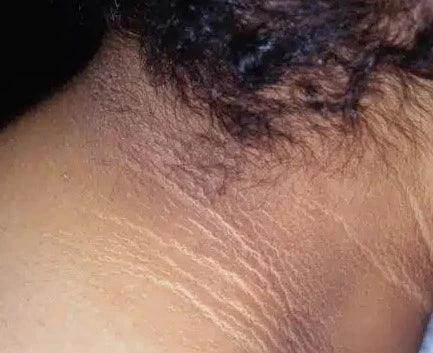🟢 Open: Monday to Saturday 2 to 8 PM. Location: House 59A, Block C1, Gulberg 3, Lahore.
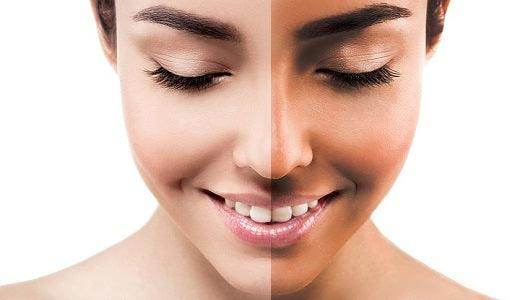
Tan Removal / Reduction Treatment
Painless, No Side Effects, Best & Natural-Looking Results on USA machines that are FDA & CE approved. Using patient focused AI approach.
Final prices are upon physical examination. Terms & Conditions Apply.
Only place one order per procedure. Multiple orders required for multiple procedures.
You must acknowledge that you have eaten within the last three hours to avoid low sugar and drank at least 500 ml of water in the past hour to avoid low BP.
Pickup currently not available
You may also like
Medicated tan removal methods are used to lighten or remove unwanted sun tan or skin pigmentation caused by sun exposure, hormonal changes, or certain medical conditions. There are several methods that can be used, including:
-
Topical Medications: Topical medications such as hydroquinone, kojic acid, and glycolic acid can be used to lighten sun tan and pigmentation. These medications work by inhibiting the production of melanin, the pigment that gives color to the skin. They are typically applied to the affected area once or twice a day.
-
Chemical Peels: Chemical peels use a solution to remove the top layers of the skin, revealing new, un-tanned skin. They can be used to lighten sun tan and pigmentation and improve the overall texture and tone of the skin. They are typically performed by a dermatologist or aesthetician.
-
Microdermabrasion: Microdermabrasion is a non-invasive procedure that uses a diamond-tip wand to gently remove the top layer of the skin. It can be used to lighten sun tan and pigmentation and improve the overall texture and tone of the skin.
-
Laser Therapy: Lasers can be used to remove sun tan and pigmentation by breaking down the melanin in the skin. Different types of lasers can be used depending on the severity of the tan and pigmentation, and the type of skin.
It's important to note that results may vary depending on the individual and the severity of the tan and pigmentation. It's also important to consult with a qualified practitioner, such as a dermatologist or aesthetician, to discuss the potential risks and benefits of these methods and to determine which one is right for you.


